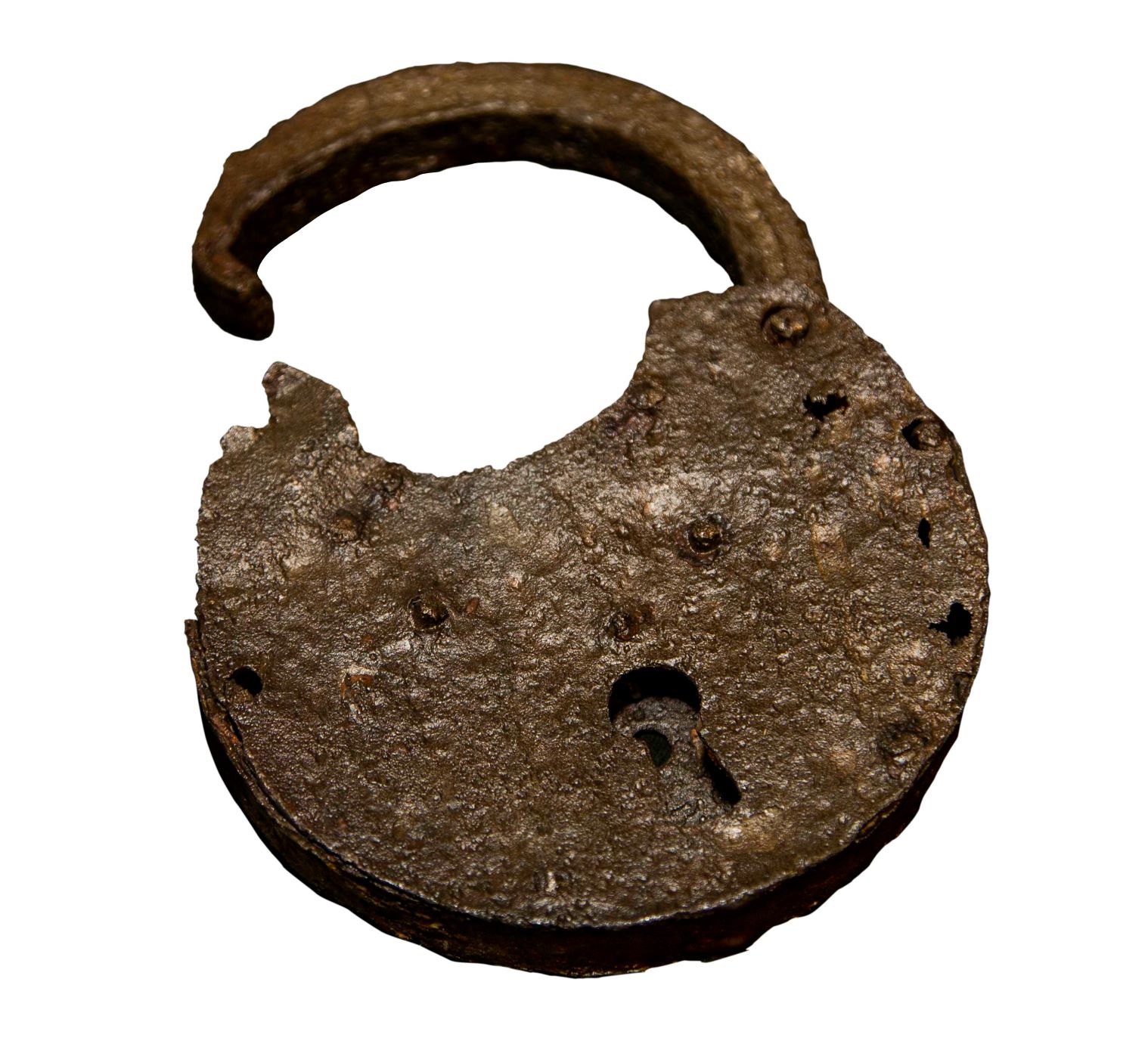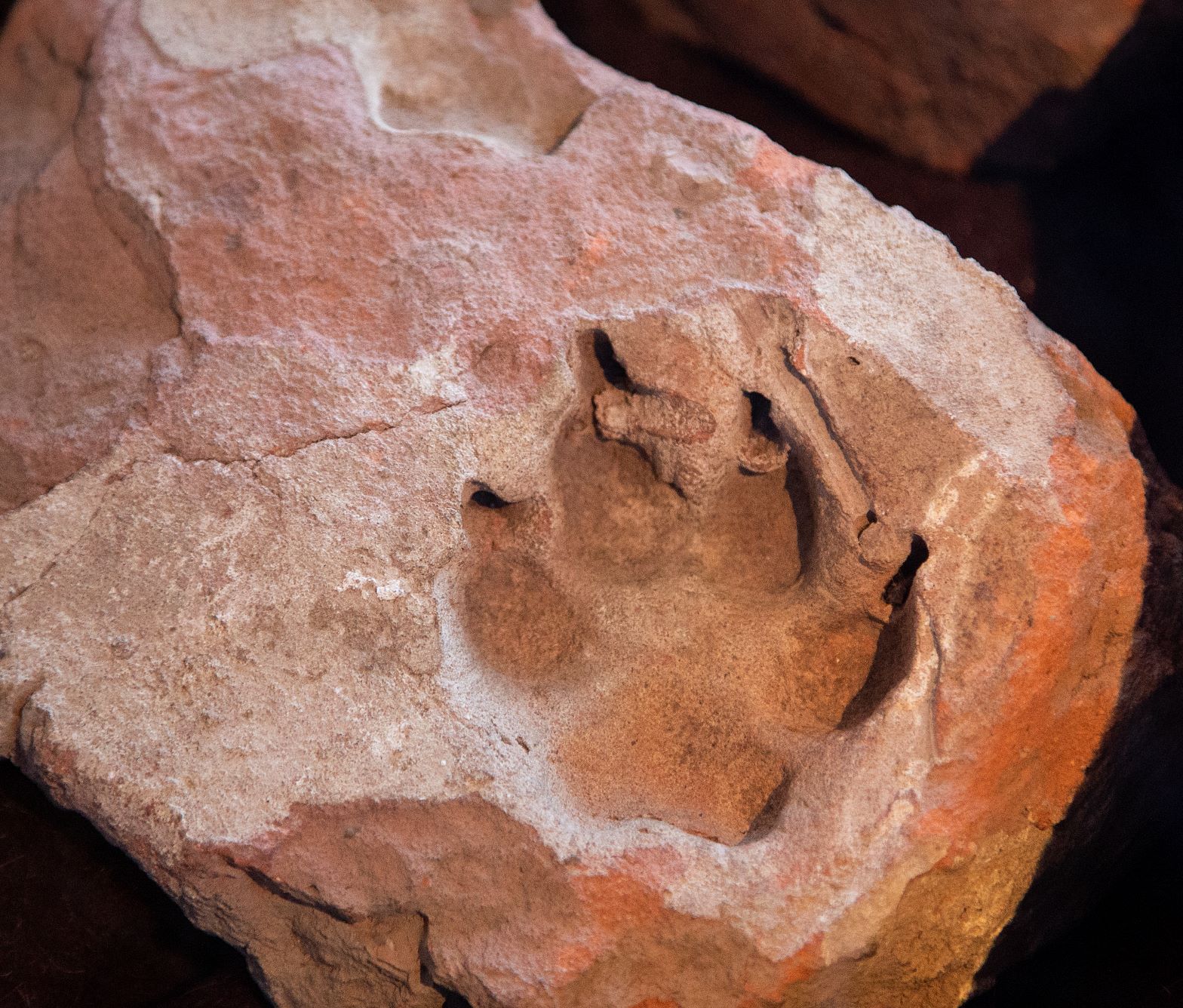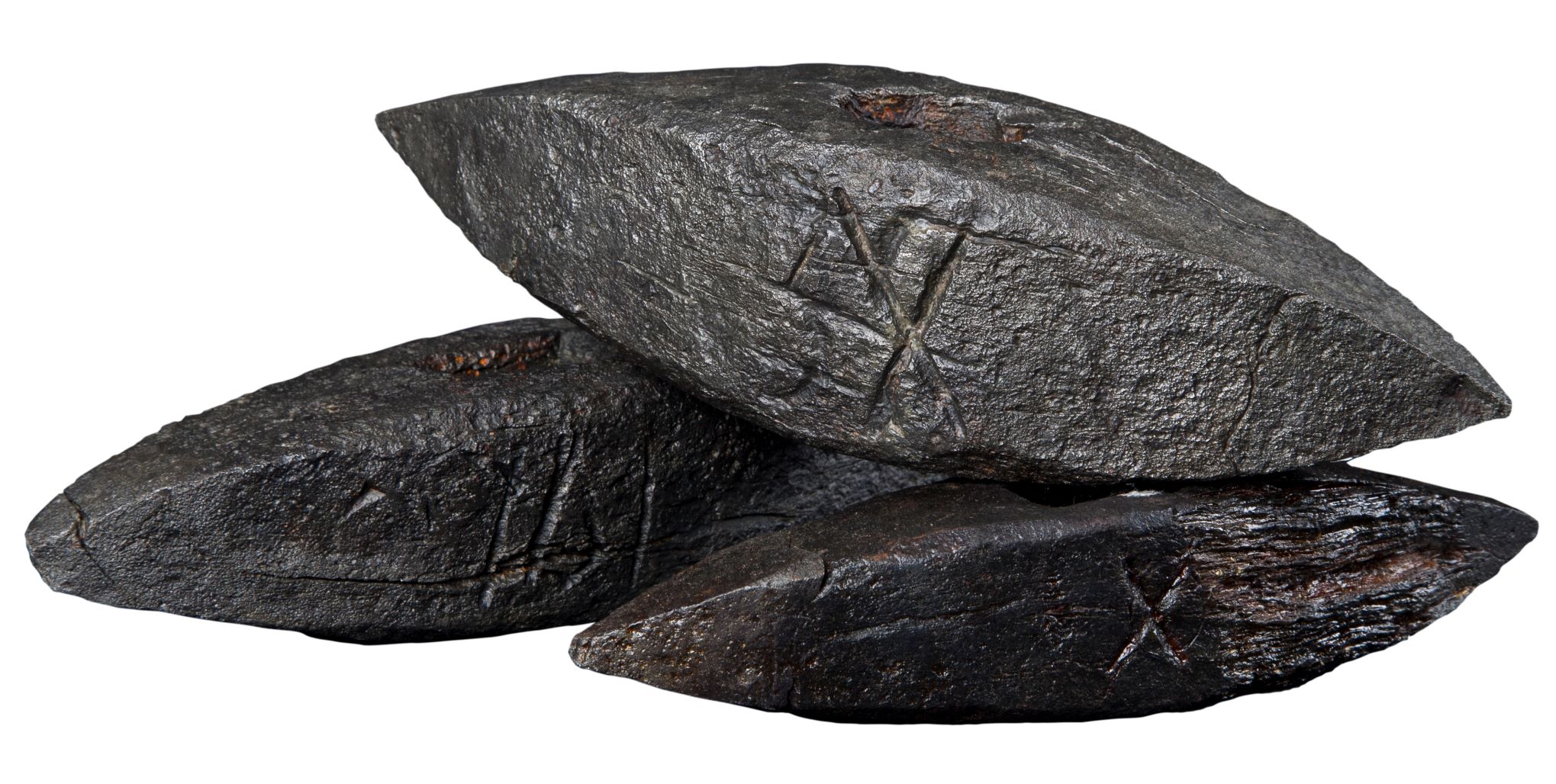Miscellaneous
Beer rations
The farmers did not receive any payment for their work on the construction site because it was considered part of their tax payment. On the other hand, in the 1570s the castle lord Anders Bing managed to get the king to pay for a daily beer ration to the farmers during the work. The distribution of beer continued throughout the construction period. In the accounts from 1616–1617 there is a note about beer brewing for the “weekday farmers”.
During the year, 3 consignments of malt and 144 bushels of hops were used to brew beer for the farmers who worked at the fortress. From this amount of malt and hops, approximately 16,000–17,000 litres of beer could be brewed. This may sound like a lot, but distributed among all the working farmers, it would come to only a few decilitres per day.
Soldiers
Of course, there were soldiers at the fortress. For a few years there were especially many of them, for example between 1611 and 1613, during the so-called Kalmar War between Denmark and Sweden, when there were battles and skirmishes close to the fortress. The accounts include pay sheets for soldiers, who in many cases were citizens of Varberg and who also had other occupations during the construction.
For example, one of the soldiers in 1613 was Anders the brickmaker who also delivered large quantities of bricks for the construction work. Another was Lauritz the stonemason who, in addition to his work as a stonemason, also worked as a carpenter in 1615. Frans the mason may be the same Frans Hansson the mason that we find among the paid bricklayers for 1610–1611. Other occupational titles among soldiers are weavers, goldsmiths, masons, barbers, blacksmiths, shoemakers, fishermen, carpenters and gunsmiths.
1613–1614 salary is paid to 30 soldiers.
Special orders…
In 1636–1637 Assmund the carpenter received some special orders. He made a so-called wooden horse, a kind of torture device with a sharp upper edge over which the convict was made to sit. It was even more painful if weights were attached around the legs. Assmund also received an order for new gallows for hangings. It was erected at the entrance to the fortress.
Finds from the construction

Padlock found at the fortress. Forging a padlock was complicated, so the person who made it must have been really skilled. Maybe it was Erik Olofsen the locksmith?

Once the brick was shaped, it was allowed to dry before being fired in a large kiln. Bricks that were drying took up a lot of space so people and animals had to move between them. Sometimes accidents happened, like here where a dog stepped on the stone and made paw prints in the mud.

Iron stone picks found at the fortress. Many of the axes are marked with the owner’s house mark which they also cut into the stone blocks they worked on. After the work was completed, the blocks were counted and the stonemason received his payment.
